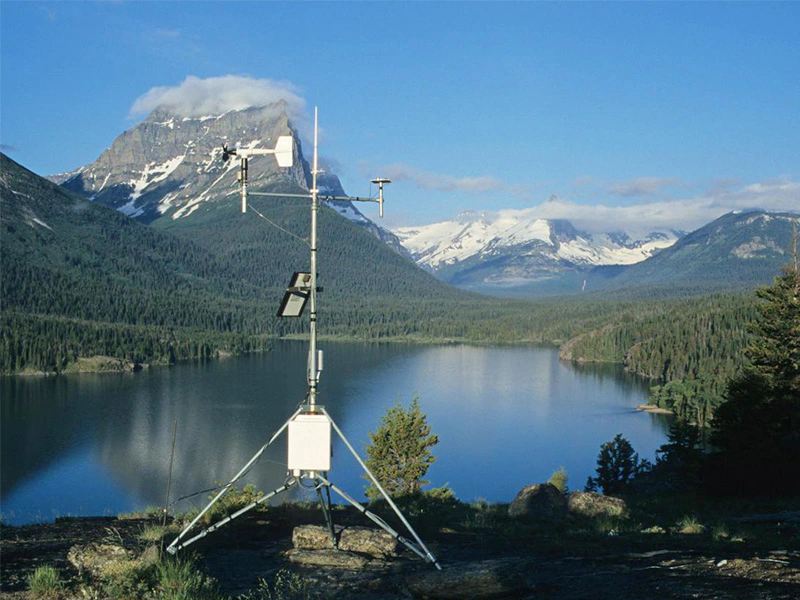
# Meteorological Station: Monitoring Weather and Climate Data
Introduction to Meteorological Stations
A meteorological station is a facility equipped with instruments and sensors designed to observe and record atmospheric conditions. These stations play a crucial role in weather forecasting, climate research, and environmental monitoring. By collecting data on temperature, humidity, wind speed, precipitation, and other variables, meteorological stations provide valuable insights into weather patterns and long-term climate trends.
Components of a Meteorological Station
Modern meteorological stations typically include several key components:
- Thermometer: Measures air temperature
- Hygrometer: Measures humidity levels
- Anemometer: Records wind speed and direction
- Barometer: Measures atmospheric pressure
- Rain gauge: Tracks precipitation amounts
- Pyranometer: Measures solar radiation
Types of Meteorological Stations
Meteorological stations can be classified into different types based on their location and purpose:
Surface Weather Stations
These are the most common type, installed at ground level to measure surface weather conditions. They may be manual or automated (AWS – Automatic Weather Stations).
Upper-air Stations
These stations use weather balloons (radiosondes) to collect data about atmospheric conditions at various altitudes.
Marine Weather Stations
Located on ships, buoys, or oil platforms to monitor weather conditions over oceans and large water bodies.
Agricultural Weather Stations
Specialized stations designed to provide weather data specifically useful for farming and crop management.
Importance of Meteorological Data
The data collected by meteorological stations serves numerous critical purposes:
- Improving weather forecasts and severe weather warnings
- Supporting aviation and maritime operations
- Aiding agricultural planning and irrigation management
- Contributing to climate change research
- Supporting renewable energy production (wind and solar farms)
- Informing urban planning and infrastructure development
Technological Advancements
Recent technological developments have significantly enhanced meteorological station capabilities:
- Automation has reduced human error and increased data frequency
- Remote sensing technologies allow monitoring of inaccessible areas
- Satellite integration provides global coverage
- Advanced data analytics improve forecasting accuracy
- IoT technology enables dense networks of low-cost stations
Challenges and Future Directions
While meteorological stations provide invaluable data, they face several challenges:
- Maintaining equipment in harsh environments
- Ensuring data quality and consistency
- Addressing gaps in global coverage (especially in developing nations)
- Integrating data from diverse sources and formats
Future developments may include more sophisticated sensor technologies, increased use of artificial intelligence for data analysis, and greater integration with other environmental monitoring systems.
Conclusion
Meteorological stations form the backbone of our weather and climate monitoring systems. As technology advances, these stations will continue to provide increasingly accurate and comprehensive data, helping us better understand
Keyword: meteorological station